Hey all,
I found this informative article I felt was worth sharing here. I found this article here: Should You Eat Daylilies? Safety, Toxicity, and Other Facts - Delishably and give all credit to original poster; “Sherri”. Enhoy the read.
Should You Eat Your Daylilies?
Updated on March 16, 2016

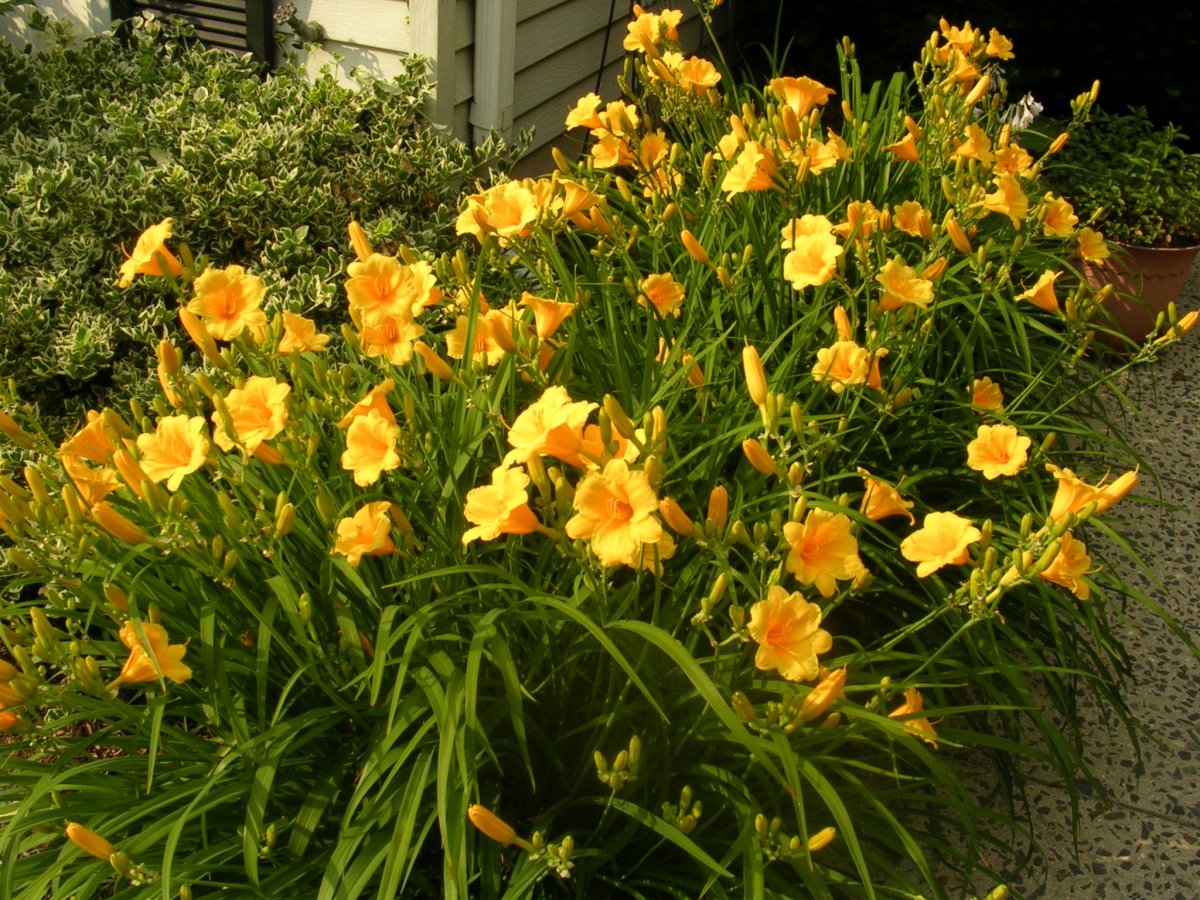
Stella de Oro daylilies at the peak of their spring bloom. They will continue to bloom all season long. Should we be eating them? | Source
The Important Disclaimer
The information presented here is to help you decide whether to incorporate daylilies (Hemerocallis) into your diet. There is controversy on the subject. Resources are conflicting and difficult to navigate because of the misunderstanding of the Hemerocallis taxonomy and also because of the huge number of Hemerocallis hybrids which have been developed in recent years. This article seeks only to inform about the daylily, its reported culinary uses, and its suspected ill-effects on cats, bovines, and possibly, humans. I do not advise you to eat daylilies or to expose your animals to them without your doing the work of assessing your own risk .
There Is Controversy Over the Safety of Eating Daylilies
Although people around the world have been eating daylilies for hundreds, perhaps thousands of years, this nutritious food has never made it into the mainstay of Western cooking. Those of us in the West who know how to enjoy daylilies as food have learned to do so through family and community traditions, but most of us will never see a daylily stir fry or a daylily breakfast hash on any restaurant menu or in any mainstream cookbook. We’ve come to know the daylily, for the most part, only as an ornamental flower in the garden, or even as a roadside weed, and thus are unaware of its food value, but another hindrance to appreciating the daylily as a food source is that there is controversy over whether the daylily is safe to eat.
Let me define the reasons for controversy in order to help you sort out your own thinking about whether you should eat daylilies.
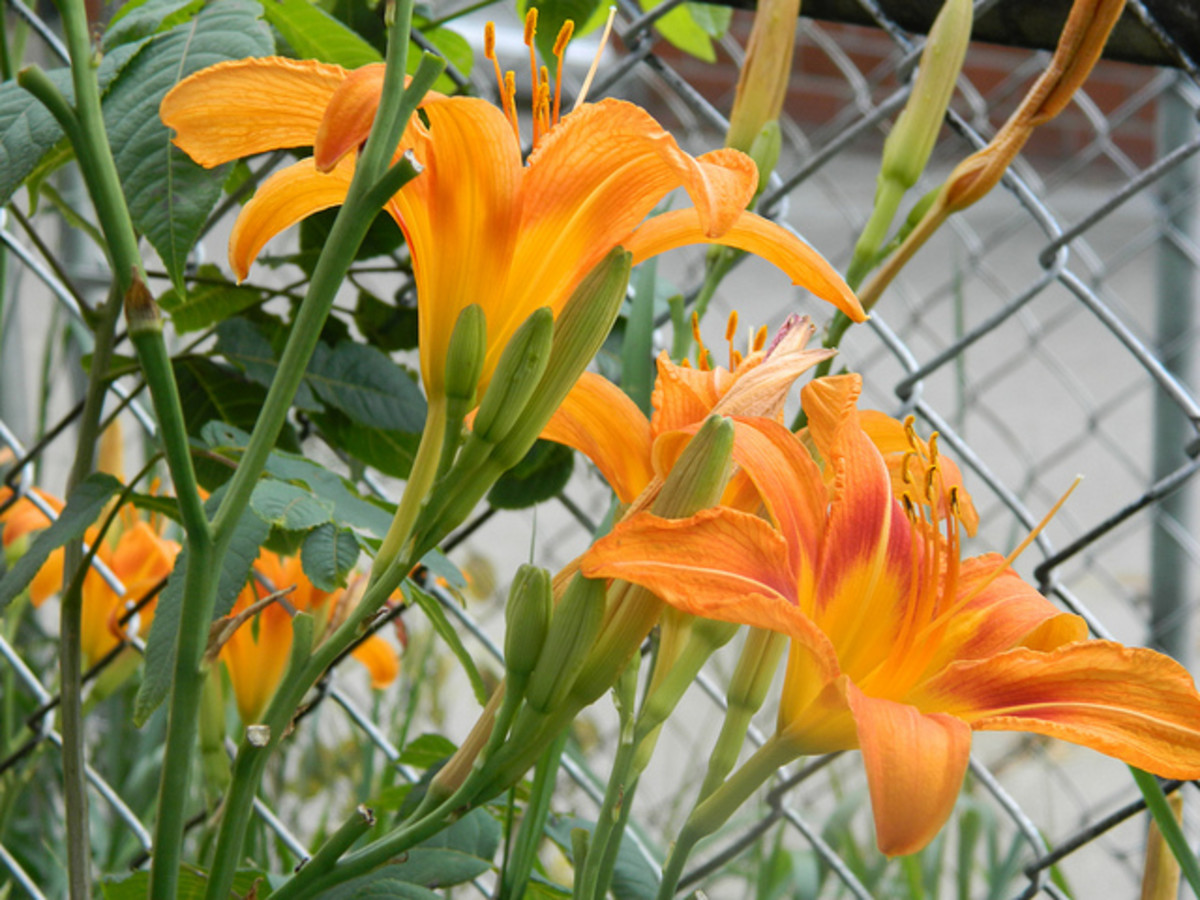
The daylily from the family Hemerocallidoideae commonly called “Tiger Lily” and valued as a food source for centuries. | Source

The lily from the family Liliaceae, commonly called “Tiger Lily”. Definitely poisonous. | Source
Reason 1 - The Common Terms “Daylily” and “Lily” are Often Confused
Much of the confusion of whether daylilies are safe to eat is caused by the semantic legacy surrounding the word “lily”. The common names “daylily” and “lily” have become, at some times and in some places in the world, interchangeable terms for describing plants belonging to two very different plant families.
Take the common term “tiger lily” for example. I know “tiger lily” as a name applied to two different plants, one a daylily (the family Xanthorrhoeaceae , subfamily Hemerocallidoideae ) and one a lily (the family Liliaceae ). The first is generally agreed to be safe to eat, while the second is well-documented as being toxic to animal forms including human.
I think you can see how one person might say, “I had such a wonderful tiger lily hash for breakfast this morning,” while his friend might respond, “You’ll be dead by nightfall. I’m calling 911!”
Reason 2 - The Scientific Classification of Daylilies Changed in 2009
Prior to 2009, the scientific classification of daylilies put them into the family Liliaceae . Many Liliaceae species, including that toxic tiger lily just mentioned (along with the commonly named Easter and Asian lilies), have long been known to be harmful to forms of animal life including humans, and so some came to assume that daylilies shared the specific toxic properties of lilies. They do not.
In 2009, under the APG III system, daylilies were removed from the Liliaceae family and assigned to the Xanthorrhoeaceae family, subfamily Hemerocallidoideae .
The Old and New Classifications of Hemerocallis
| Old Classification | New Classification - APG III |
|---|---|
| Kingdom: Plantae | Kingdom: Plantae |
| Subkingdom: Tracheobionta (Vascular plants) | clade: Angiosperms |
| Superdivision: Spermatophyta (Seed plants) | clade: Monocots |
| Division: Magnoliophyta (Flowering plants) | Order: Asparagales |
| Class: Liliopsida (Monocotyledons) | Family: Xanthorrhoeaceae |
| Subclass: Liliidae | Subfamily: Hemerocallidoideae |
| Order: Liliales | Genus: Hemerocallis |
| Family: Liliaceae (Lily family) | |
| Genus: Hemerocallis L. (Daylily) |
Unfortunately, many sources on the web and elsewhere have not taken this change into account.
The most amazing example I found of this lack of updating was on the US Department of Agriculture’s (USDA) website, where the old taxonomy continues to be published, while at the same time another page features a study done in 2004 that states, “All parts of the daylily (Hemerocallis sp.) are edible.” Technically (taxonomically) in the most narrow sense, these two USDA pages are not at odds with each other; however, they continue to confuse the understanding that a daylily is different from a lily, because neither the USDA taxonomy nor the reference to “Hemerocallis sp.” in the 2004 study reflects the 2009 change in classification, while the latter says that all parts of the daylily are edible. Confused yet? Wait…it will get worse when we talk about purported daylily toxicity related to felines, bovines, and humans later on in this article.
Daylily Foliage and Flower Orientation

Reason 3 - To the Untrained Eye, a Daylily Can Look Like a Lily
You can tell the difference between a daylily and a lily such as the tiger, Easter, and Asian lilies mentioned earlier (lilies in the genus Lilium and the lilies most commonly confused with daylilies) by looking at them as they present above the ground and below. The two have structural differences in foliage, flower orientation, and root systems. The differences are easy to see once you know them.
Lily Foliage and Flower Orientation
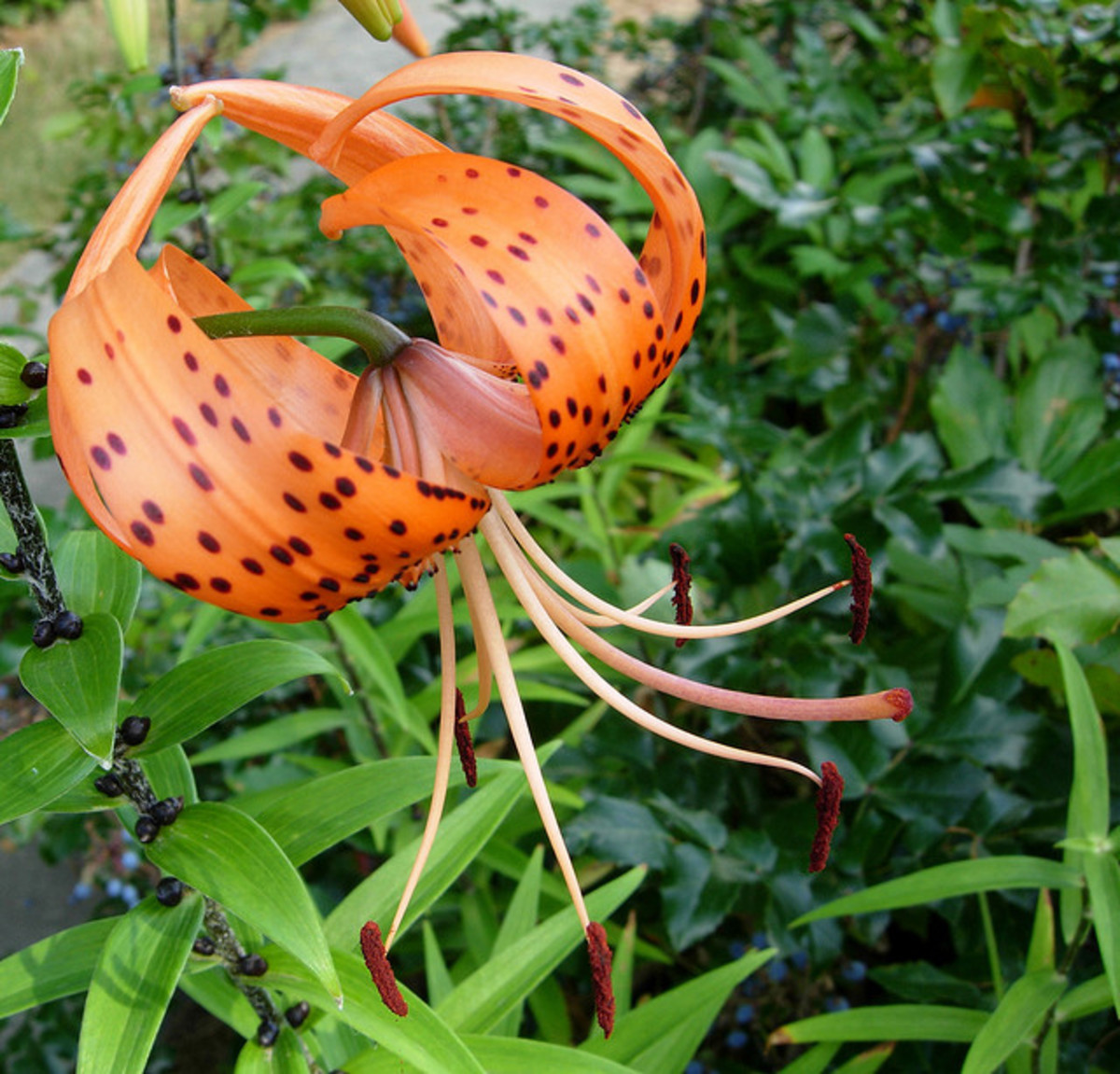
Source
Foliage The daylily foliage looks like a fan of long and strappy grass-like leaves emanating from the base of the plant. Lily leaves, on the other hand, are more lance- or arrow-shaped and grow from a prominent stalk.
Flower Orientation Daylily flowers tend to point themselves up from their stems, while lily flowers usually, although not always (as in the above photo of the tiger lily from the Liliaceae family), have a more pendulous aspect, dipping down from their stems.
What you can be sure of is this: If a lily-looking flower has a down-hanging aspect, with its petals curled upwards, then it’s not a daylily.
Daylily Root System
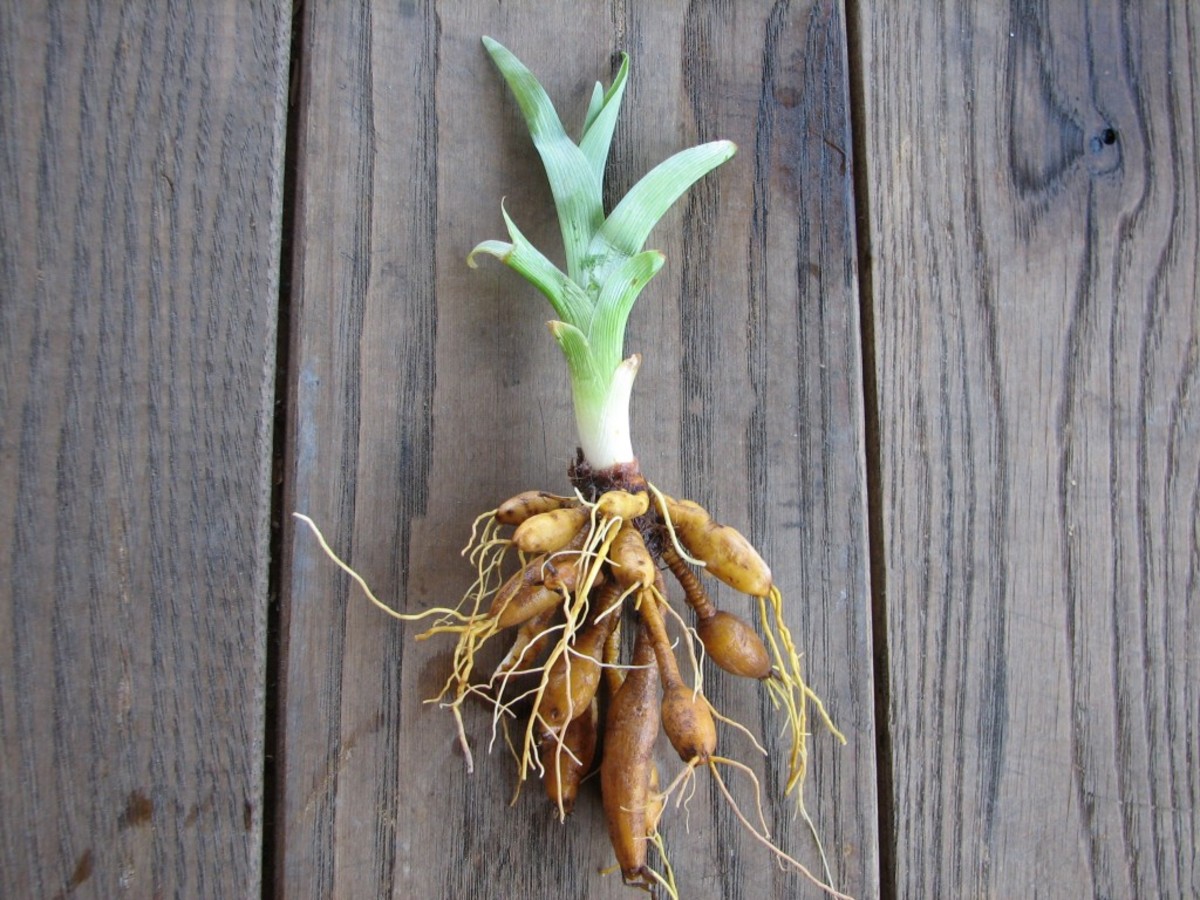
Source
Lily Root System (Bulb)
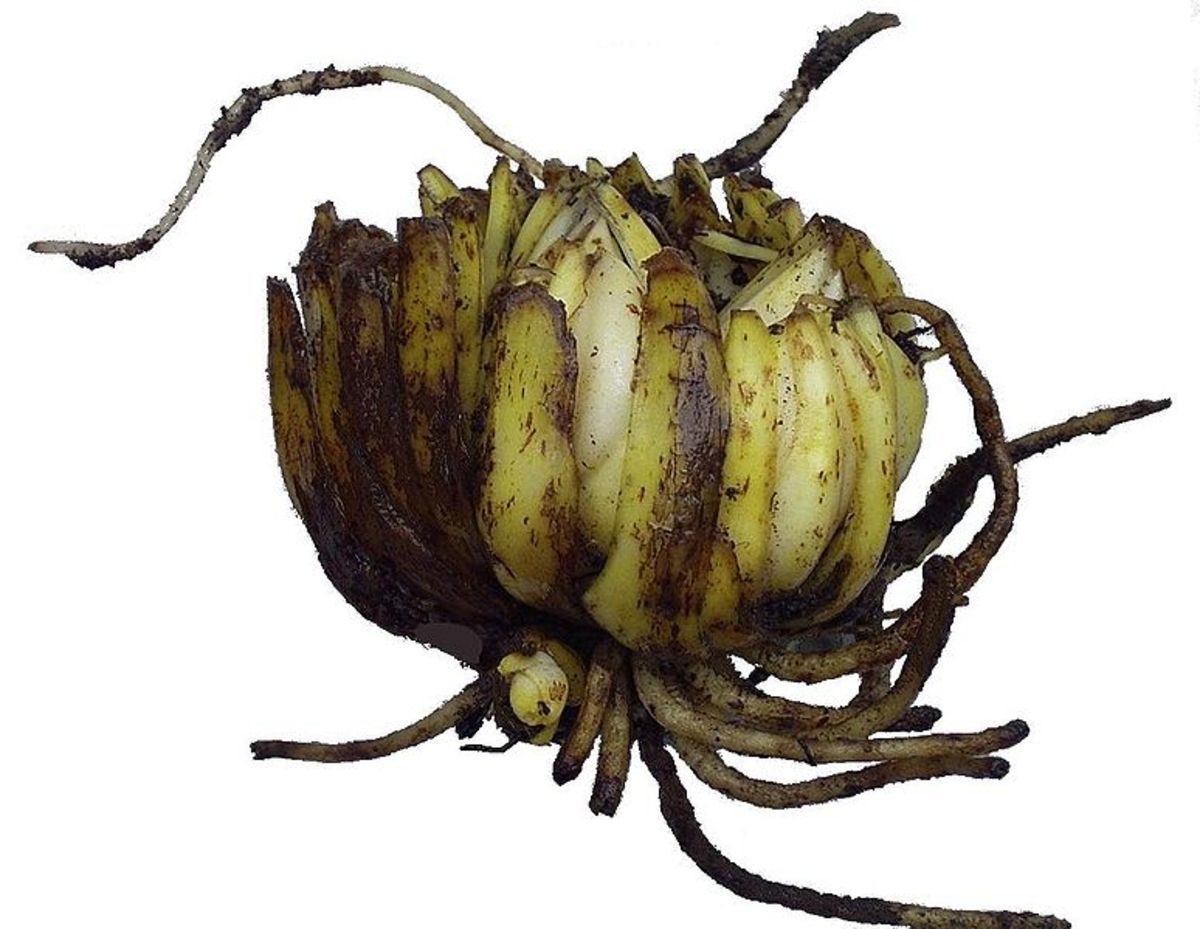
Source
Root Systems Daylily roots consist of tubers and fibrous roots. Tubers are small, bulbous, potato-looking structures. Lily roots are, for the most part, bulbs consisting of oblong or arrowhead-shaped scales.
For more information on identifying daylilies, take a look at this excellent picture and word guide on how to identify daylilies.
Reason 4 - There Is Debate Whether Daylilies are Poisonous to Cats, Cows, and Humans
The American Society for the Prevention of Cruelty to Animals (ASPCA) states definitively that daylilies are poisonous to cats and cows , although it cites no scientific sources and at the same time describes Hemerocallis as belonging to the Liliaceae family.
The American Hemerocallis Society takes no stand on whether daylilies are toxic to cats and cows . Instead, they publish a series of questions on the topic and present the answers they solicited from plant and veterinary experts. This “Q & A” page is a revealing look into the two opposing camps regarding daylily toxicity.
A post on The House on Red Hill blog brings this issue into focus from the point of view of a cat owner and long-time daylily gardener who learns for the first time, from a poster in the vet’s office, that daylilies are lethal to cats . The blog post is short. The more lengthy comments are worth reading, especially the comments from dynochic(Jan) which illuminate the confusion caused by continuing to include daylilies in the Liliaceae family and offer interesting although unconfirmed evidence that daylilies are not poisonous to cats.
Botanist Dr. Peter A. Gail, an expert in daylily and other edible foraged foods, advises that humans approach the consumption of daylilies with caution. Why? Any newly introduced food may trigger an allergic reaction, or, any food eaten in excess may have an adverse effect on a specific individual; however, neither an allergic reaction nor an intolerance to a certain food indicates that the food is classified as poisonous.
Just to add to the confusion over whether we humans should eat our daylilies, “Merriwether”, a Ph.D. research chemist and naturalist, advises that you stick to Hemerocallis fulva , the most well known daylily species, and avoid the newer hybrids, some of which may be toxic.
Daylily - Hemerocallis fulva
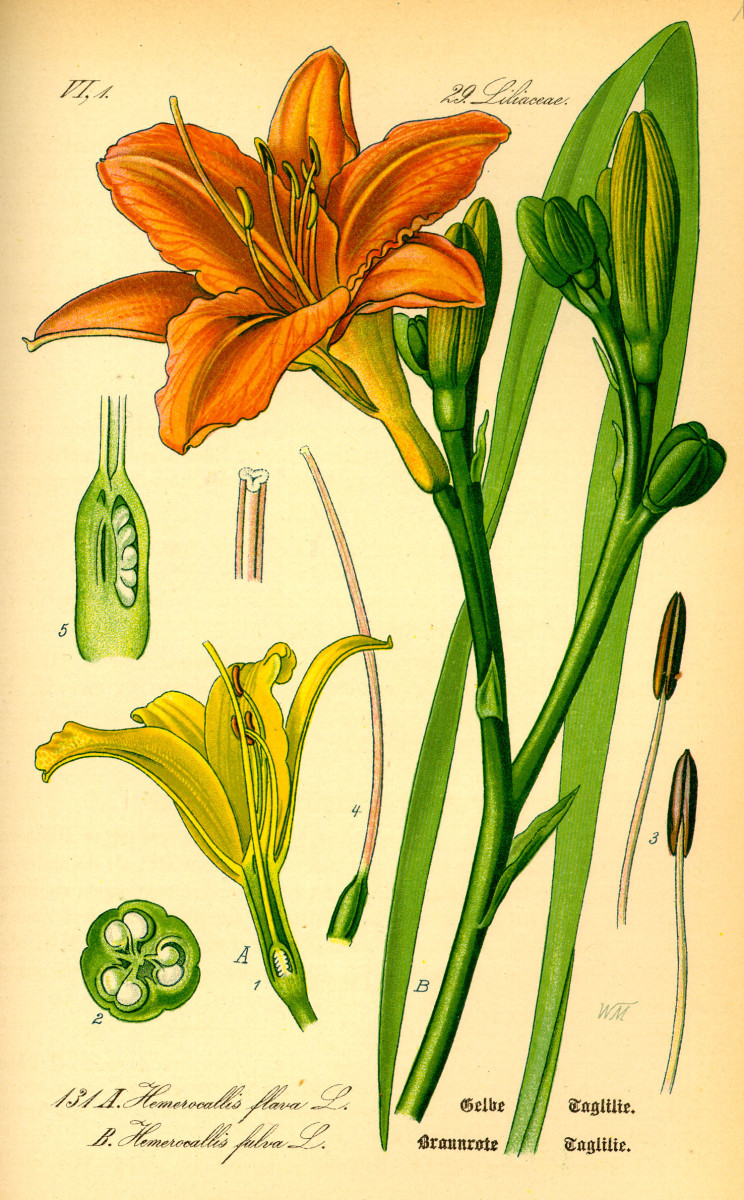
Source
Lily - Lilium polyphyllum

Source
Have you eaten daylilies?
- Yes and I like them.
- Yes but I don’t like them.
- No but I’d like to try them.
- No and I’m not interested in trying them.
So, Should You Eat Your Daylilies?
I look forward some day soon to writing an article about eating daylilies where I can affirm that not only are they good for you, they are completely safe to eat. As of now, too much controversy exists about the daylily being a safe food. Until that affirming day, use your judgment, informed by the information referenced in this article and by the advice of real-life daylily-eaters you know, before you introduce this nutritious and beautiful plant into your diet. As with all new and exciting adventures you approach, begin with moderation.